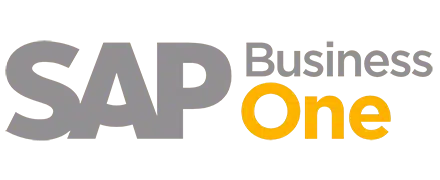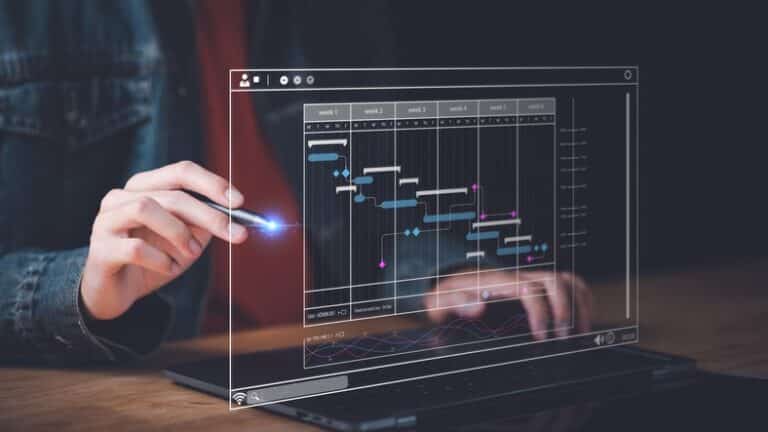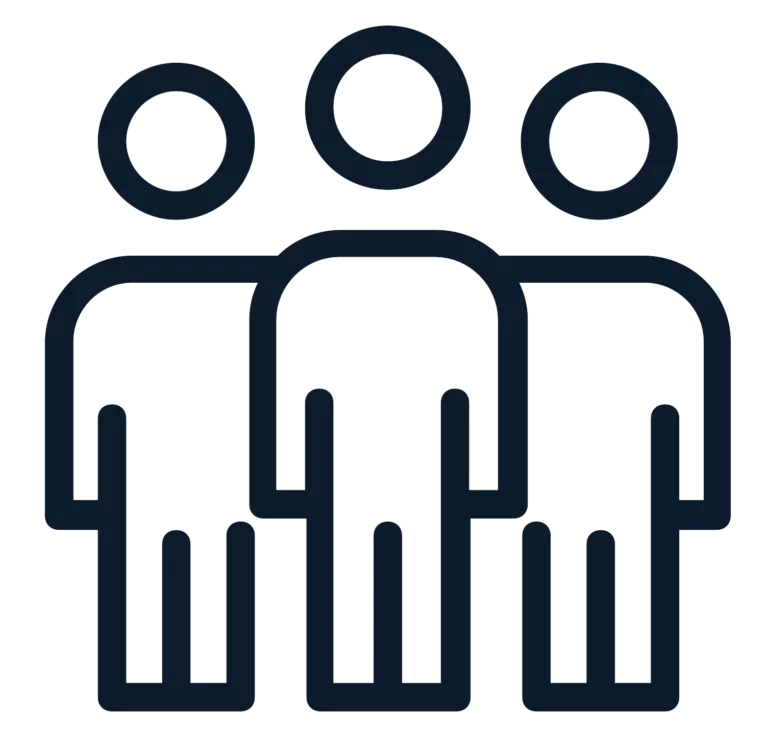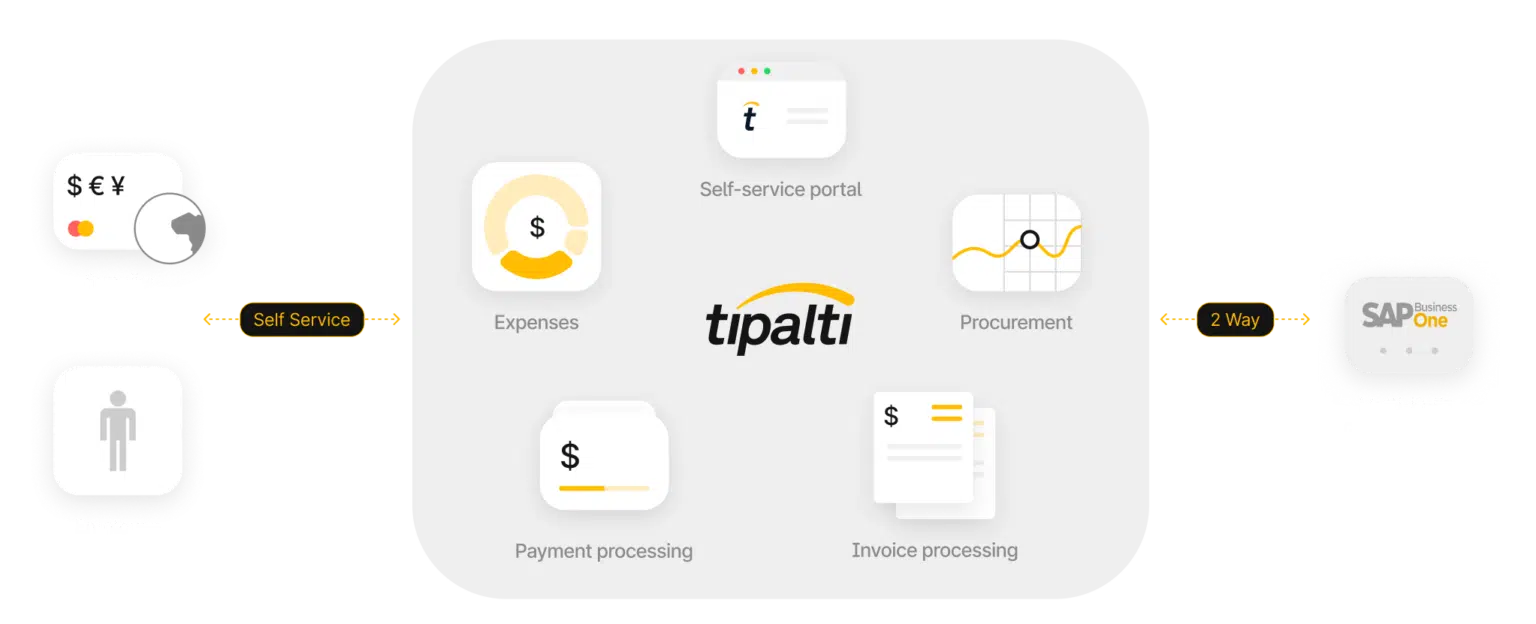The Total Guide to SAP Business One
Our guide covers everything you need to know about SAP Business One ERP, including integration, market fit, pricing, features, and comparisons. Access our free E-book to learn more about automating accounts payable and global mass payments with SAP Business One.
What is SAP Business One?
SAP Business One (SAP B1) is a real-time, multi-company ERP solution (for multi-functional enterprise resource planning) that helps small businesses, midsized companies, and subsidiaries manage their business processes. SAP Business One ERP is deployed on the cloud or on-premises.
SAP Business One ERP is available in two versions: It can be integrated with the SAP HANA in-memory database with the SAP Business One Integration Framework or run on Microsoft SQL Server. In addition to SAP B1 software for SMBs, SAP offers the more complex SAP S/4HANA ERP for large and medium-sized businesses and organizations.
On its website, SAP Business One provides a product roadmap of its future features.

Features
Key Features and Benefits of SAP Business One
SAP Business One ERP software provides the following features and benefits.
Real-time Dashboards and Reports
SAP Business One provides real-time analytics in customized dashboards and reports, including KPIs.

Mobile Apps
SAP Business One has iOS and Android mobile apps for SAP Business One, SAP Business One Sales, and SAP Business One Service. The mobile apps let users manage leads and customer accounts, view inventory stock availability, and place orders.

SAP HANA Version
The SAP HANA version of SAP Business One uses the SAP proprietary in-memory database platform. SAP HANA has embedded analytics for speedy online transaction processing and real-time online analytical processing for analysis and decision-making.

Industry-specific Functionality
SAP Business One industry-specific versions, incorporating best practices, include Consumer Products, Retail, Manufacturing, Wholesale Distribution, and Professional Services.

Core Modules Inclusion
SAP Business One is designed and offered as a comprehensive software solution that handles functionality for the entire business. SAP Business One includes full or restricted version access to all its core modules, depending on the plan or license.

Web Client
The SAP Business One Web client, available in all deployment types, is used for activity creation and tracking with charting and analytics. The web client can help you create, process, and update marketing documents and master data, and handle the approvals.
Modules
SAP Business One Modules
The SAP Business One ERP system is unified through integration. SAP Business One offers modules for different business functions, business intelligence, and administration. Third-party software add-ons can also be selected to automate and improve SAP Business One ERP’s functionality and financial controls.

Financial Management and Accounting
SAP Business One Financial Management includes multiple modules. These SAP B1 modules handle accounting (accounts receivable, accounts payable, journal entries, and general ledger), financial reporting, controlling (cash flow, budget control, and asset tracking), banking for bank statement reconciliation and manual payments, and fixed asset management.
Purchasing and Inventory Control
SAP Business One manages purchasing and inventory through integrated tools covering procurement, master data, supply chain, pricing, tax info, and purchase analysis. Its warehouse management syncs goods receipts and inventory levels with accounting, enabling automatic A/P invoice creation from POs or goods receipts. Real-time reports and dashboards are accessible from any device.


Sales and CRM (Customer Relationship Management)
SAP Business One integrates Sales and CRM functionalities to manage customer interactions from lead generation through after-sales support. Key features include lead/opportunity management, 360-degree customer views, marketing campaign tools (CRM), sales quote and order processing, activity tracking (Sales Force Automation), and incident/support request management with a knowledge base (Service Management). Mobile access is available through the SAP Business One Sales app.
Production Management
SAP Business One Production Management is used for production planning. Its functionality includes MRP (material requirements planning), capacity planning, BOM (bill of materials), and production orders creation, tracking, and modification.
Manufacturers can generate an Intelligent Forecast for MRP inventory requirements for future production based on estimated sales levels (future sales orders) with the SAP HANA version of SAP Business One.


Service
SAP Business One has Service functionality for businesses that provide service-based products and services. The Service module creates, assigns technicians, and manages the progress of service calls.
A knowledge base repository can be created. The Service module of SAP B1 generates reports on service calls, response times, and KPIs. Service functionality can be accessed from the software or a mobile device app.
Human Resources Management
The SAP Business One HR module lets your organization enter employee data in a master file, analyze employee costs and salaries, prepare reports, and use employee lists.


Business Intelligence
SAP Business One includes several business intelligence features. These include standard and customized reports using multiple data sources, drill-down and drag-and-drop features, interactive reports with Microsoft Excel integration, analytics with pre-defined KPIs, visualizations that can include Tableau or Power BI integration, and real-time dashboards.
Administration
The SAP Business One system administrator can set up the company during implementation, specify system parameters, and use utilities to perform file uploading, and any required backup and restore. Administrators must ensure that any changes through the Administration module to user master data or table settings are logged outside the system because these changes aren’t logged in SAP Business One.

More Modules
Business Partners
The Business Partners module manages information about your customers, vendors, and leads. It includes contact information, activities, payment terms, credit limits, and history for purchases and sales. Business Partners integrates with the Sales, Purchasing, and Financials modules.
Resources
The SAP Business One Resources module extends the Production module for light manufacturing processes. A resource is a commodity, machine, labor, or other asset used to produce goods and services with limited time capacity.
Inventory
The SAP Business One Inventory module manages the item master data records, uses serial numbers and batch numbers, manages inventory transactions, transfers, and counts, manages price lists with volume discounts and special pricing, works with pick and pack, and generates inventory reports.
Project Management
SAP Business One’s Project Management module handles project lifecycles: create projects, centralize related documents, transactions, and activities, track subtasks, and generate reports on budgets, finances, stages, issues, and resources.
Unlock the full potential of SAP Business One with finance automation
SAP Business One provides basic accounting for small and midsize businesses, but accounts payable often needs specialized solutions and automation. See how the finance team can digitize and modernize AP and global payables with advanced ERP integration add-ons.
Industries
Industries Using SAP Business One
Businesses in many industries use SAP Business One software.
SAP Business One ERP with apps fits:

Manufacturing companies

Distribution companies

Retailers, including online eCommerce and brick-and-mortar businesses

Companies with field service operations

R&D companies

Service companies

Marketing companies

Training companies

Consultants and SAP Business One Partners

IT companies with trained developers

Accounting firms

Consumer products

Professional services
Implementation
How to Implement and Use SAP Business One
To implement SAP Business One, an internal team and a SAP Business Partner should be selected to plan and guide the implementation. Provide SAP Business One training for team members and users, including hands-on user training. Review existing processes, determine necessary changes, clean data, and map fields for any required data migration. Test the system before going live. Prepare a post-implementation review to improve future software implementations.

Step 1
Implementation Team
Select a multi-functional employee team to implement SAP Business One that includes a team leader. Select a SAP Business Partner to consult on the implementation process. Obtain CEO and employee support for SAP Business One through an all-employee meeting.

Step 2
Planning
Plan the SAP Business One implementation, including goals, roadmap, milestones, deadlines, and task assignments.

Step 3
Training
Obtain training from SAP courses, the SAP Partner, and online training resources. Offer hands-on training to users for their role.

Step 4
Business Process Streamlining and Data Migration
Optimize processes for SAP Business One implementation. Clean data, map fields, and migrate data.

Step 5
System Testing Before Going Live
Test the system in a sandbox environment, run parallel, and ensure the SAP Business One ERP software is functioning correctly before going live.
Step 6
Post-implementation Review
Gather feedback from implementation team members and users to document successes and areas for improvement in future software implementations.
How Does AP Automation Software Integration Work With SAP Business One?
SAP Business One integration with Tipalti’s end-to-end, cloud AP automation software results in operational cost reductions and SAP Business One ROI improvement. With Tipalti AP automation, your business improves cash flow and profitability by reducing payment errors and fraud risks, taking early payment discounts, and reducing hiring needs through digital transformation efficiency and scalability. Your accounting and payables staff will be more motivated to work for your company with modern automation tools for accounts payable that reduce stress and improve communications and supplier relationships.
Tipalti AP automation offers these features:
- Streamlines payables workflows and eliminates paper documents and manual data entry
- Self-service supplier onboarding with W-9 or W-8 tax form collection before the first payment, and preferred payment method selection
- Supplier validation with a KPMG-approved tax engine
- Digital invoice capture by headings and line items using OCR and AI
- Automated 3-way or 2-way matching with purchase order and receiving data
- Automatic coding with embedded generative AI
- Automated global regulatory compliance
- Application of 26,000+ payment rules for generating discrepancy exceptions
- Guided approval routings
- Global payments to 200+ countries in 120+ currencies with a choice of 50+ payment methods
- Invoice payment scheduling with cash requirements for large batches
- Syncs data with SAP Business One ERP
- Security, audit trail, and stronger financial and fraud controls
- Instant payment reconciliations
- Simple tax preparation reports for 1099 and 1042-S reports, or optional eFiling through partnered ZenWork Tax 1099 software with 12 calendar months of integrated Tipalti payment data
- Multi-entity functionality with views by entity and combined company
- Real-time spend visibility and Ask Tipalti AI℠ queries for business intelligence and informed decision-making to reduce wasteful spending
Tipalti AP automation lets your company eliminate time-consuming paper and manual data entry, complete invoice processing on time to take lucrative early payment discounts from suppliers, automatically provide payment status to suppliers and vendors without wasting accounts payable staff time, reduce errors by up to 66%, lower fraud risks, and accelerate the accounting close by up to 25%.
Tipalti AP automation and Procurement software can help your company optimize its global supply chain management with diversification and efficiently onboard new suppliers when switching is necessary in turbulent times to minimize tariff effects.

Your business can extend Tipalti AP automation with other products in the Tipalti unified financial automation platform. Tipalti offers an Expenses product with a mobile app for employee expense claim submission via photo receipts, automated expense compliance exceptions, and approval routing for expense approval or rejection. In combination with AP automation, your business can reimburse employee expenses. Additionally, Tipalti offers a Procurement product that simplifies employee purchase requisition intake and approval and automatically creates purchase orders from approved PRs.
Tipalti AP automation can also be integrated with its advanced FX solutions to centralize global payments in foreign currencies and hedge payables. It offers competitive foreign exchange rates by negotiating on the strength of its platform payments volume. For approved users, AP automation can use the corporate spending card, Tipalti Card, as one of the 50+ preferred payment methods. Your business issues the Tipalti card to authorized employees to control their spending on items that do not require POs.
Tipalti offers a Mass Payments solution for payouts to creatives, influencers, and independent contractors like freelancers. Tipalti mass payments integrates with some major performance marketing systems that calculate amounts due to payees and pays them using Tipalti mass payments functionality.
How Much Does SAP Business One Cost?
SAP Business One is an affordable, cost-effective ERP system with full or restricted access to core modules in Professional, Limited, or Starter versions, depending on your business needs. The cost of SAP Business One includes SaaS subscription costs per user or perpetual license fees per user with an annual maintenance fee. Consider implementation costs, training, third-party add-ons, and implementation and customization costs when budgeting for SaaS Business One.
Recommendations